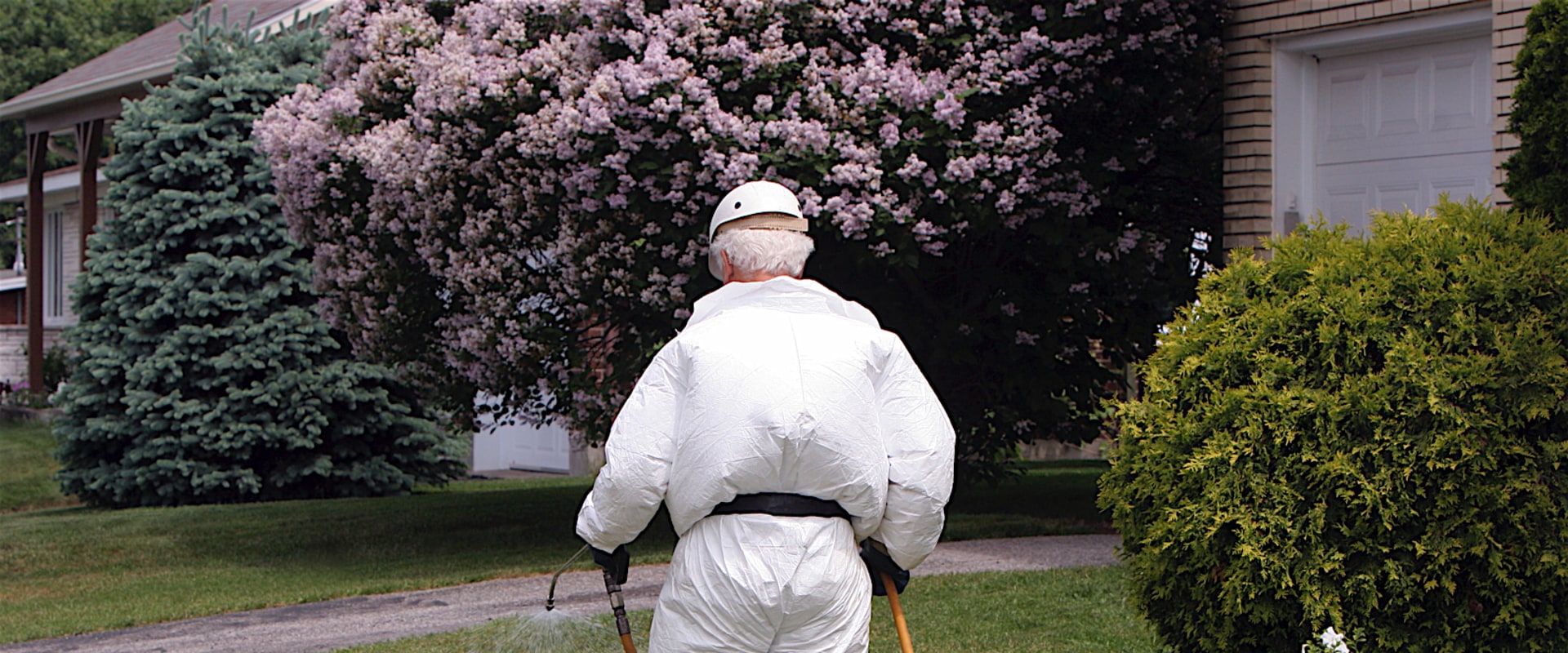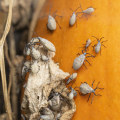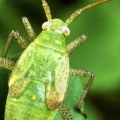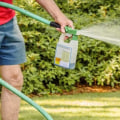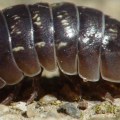Pesticides include weed-killing herbicides and insecticides, such as those sprayed to control cockroaches and other pests. Pound for pound, children receive much greater exposure to these chemicals than adults, only through normal daily activity, says Landrigan. By Mara Silgailis, Ph. D, Clean Water Action Board Member; Chair of the Cedar Grove Environmental Commission Who wants to send their pets and children to play in the yard, rolling in cancer-causing chemicals? No one does, but many of us don't think anything about applying lawn care pesticides to achieve that lush green look. It is once again in early spring, when some homeowners begin to obsess over their lawn and apply pounds of toxic chemicals in their search for a lawn that looks like a lush green carpet.
But what is hidden underneath all that “perfect green”? Unfortunately, the pesticide industry has convinced consumers that pesticides are safe, necessary for an attractive and healthy lawn, easy and cheap to use, and harmless to people and pets. This makes people think nothing about buying large bags of pesticides to use on lawns and gardens or hiring others to apply pesticides. These large bags of lawn chemicals (usually “grass and food”) are sold not only in local home improvement stores and hardware stores, but also in stores that sell food, such as Costco, which also sends the message that they are “safe and harmless.”. Pesticides are now found in our air, water and soil, such as drifting from neighboring properties, particles in winds above the earth, and in rain and fog.
We are exposed to pesticides through inhalation, ingestion (in food, dust and water) and absorption through the skin and eyes. Pesticides can be measured in urine, blood and breast milk. While it is impossible to completely avoid exposure to pesticides, we can try to minimize it. First of all, avoid using pesticides on lawns - they are not really necessary for a healthy, lush and attractive lawn.
Instead, take an organic approach to lawn care or a less toxic approach where pesticides are avoided and the diversity of what grows on your lawn is accepted as good. Second, avoid lawns with flags that mark pesticide applications and stay away from treated grass for at least a few days, ideally until after a rain or watering treated grass. And finally, tell stores that sell food and large bags of pesticides to stop doing so. This is an unsafe and misleading practice for consumers.
Usually, there is a strong chemical odor where bags of pesticides and feed “% 26 weed” are stored. This means that customers are exposed to these chemicals by inhalation. If some of the bags leak or break, it means contamination of the store floor, shopping carts, shoes and other store products. Join our email list to stay on top of clean water issues affecting your region.
Pesticides are materials used to control insects, weeds, diseases, and a host of other pests, not just insects. These materials can be synthetic (man-made) or biological and bio-rational (derived from articles of nature). Pesticides used in the control of weeds, insects, etc. These chemicals have been created to kill pests and most are broad-spectrum biocides.
This means they are poisonous to a wide variety of living organisms, including garden plants, wildlife, pets, your neighbors, your family, and you. Inert ingredients, which can comprise 50 to 99% of a pesticide formula, can actually be more toxic than active ingredients. EPA Does Not Claim It Will Protect Us From Harmful Pesticides. In fact, it is a violation of federal law to label any pesticide as “safe”, “harmless” or “non-toxic” to humans or pets.
US Congress says 90% of pesticides currently used lack health and safety testing required for registration, but are still sold and used. Of the most commonly used products on lawns, most lack the health and safety data required for registration. Pesticides and fertilizers can and do leak into private and public wells and water supplies. Unfortunately, there is currently no program to monitor drinking water for this type of contamination.
Many of the most commonly used lawn care chemicals have been detected in groundwater (for example,. Natural landscape maintenance programs can achieve a healthy and pest-free landscape using the latest scientific advances in organic agriculture and horticulture. For example, corn gluten is a pre-emergent natural herbicide and fertilizer now available to homeowners. The lawn can be enriched naturally by a fine spread of fertilizer in spring and autumn.
In addition, natural lawn care practices will lead to a healthy and vigorous lawn that resists pests and diseases. Tracked pesticides affect people in urban settings where agricultural pesticides are rare, but lawn care pesticides. It does not appear that significant quantities can be transported using this method, but as early as 1997, the EPA reported otherwise. The study, which followed several chemicals, including 2,4-D, concluded that “shoe tracking is a reasonable mechanism by which pesticides applied to lawns are brought into the home.
This study found that pesticides were still being tracked five or even six days after pesticide application (see Simulation of Tracking Pesticides Applied to Lawn from Lawn to Home - PDF). Most lawn herbicides and insecticides warn people to stay away from lawns only 24 hours after use. Rain helped reduce tracking rates, as did foot wiping mats. Each 18 lb bag covers 2,000 square feet and lasts up to 3 months after application.
There are only 8 steps you need to follow to get a toxic-free lawn you can be proud of, check out 8 steps to a toxic-free lawn. For example, a few lawn pests may not warrant pesticide treatment, but there are pesticide-free ways to protect lawns from future invasions. The public plays an extremely important role in lawn pesticide reform, not only in the way they perceive the use of toxic pesticides in homes and communities, but also in the way they demand safe alternatives from retailers, organic services from lawn care providers and better protection against pesticide exposure. of local policymakers.
Additional Lawn Care Specific Videos on Mowing, Irrigation, Weed and Pest Control, Fertilization, Soil Testing, Soil Aeration and Runoff Control. If all else fails, you can always hire a safe lawn care company and learn about the least toxic products that will provide a safe lawn for you, your neighbors and your family. Members of the National Coalition for Pesticide-Free Lawn are working to stop senseless exposure to lawn pesticides and to educate the public, landscape designers and policy makers on the use of non-toxic and less toxic lawn care practices and products. As a result of these factors, lawns that rely on chemicals are often unable to resist attacks by pests or diseases, so they require more fertilizers and more pesticides to avoid any problems.
When your lawn suffers from weeds, fungi, insects, rodents or arachnids, pesticides can offer an effective control solution. During lawn care in summer, pests are out in full force and you may not know how to control them. Either way, it's very easy to find a packaged solution - lawn care chemicals that are very effective in removing weeds and helping to create a beautiful lawn. .
.
